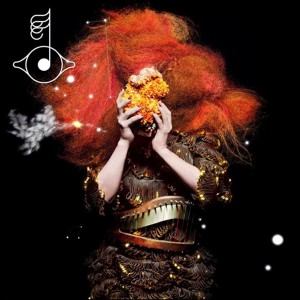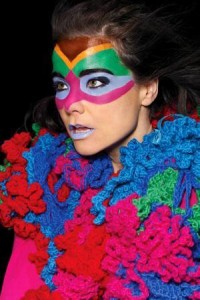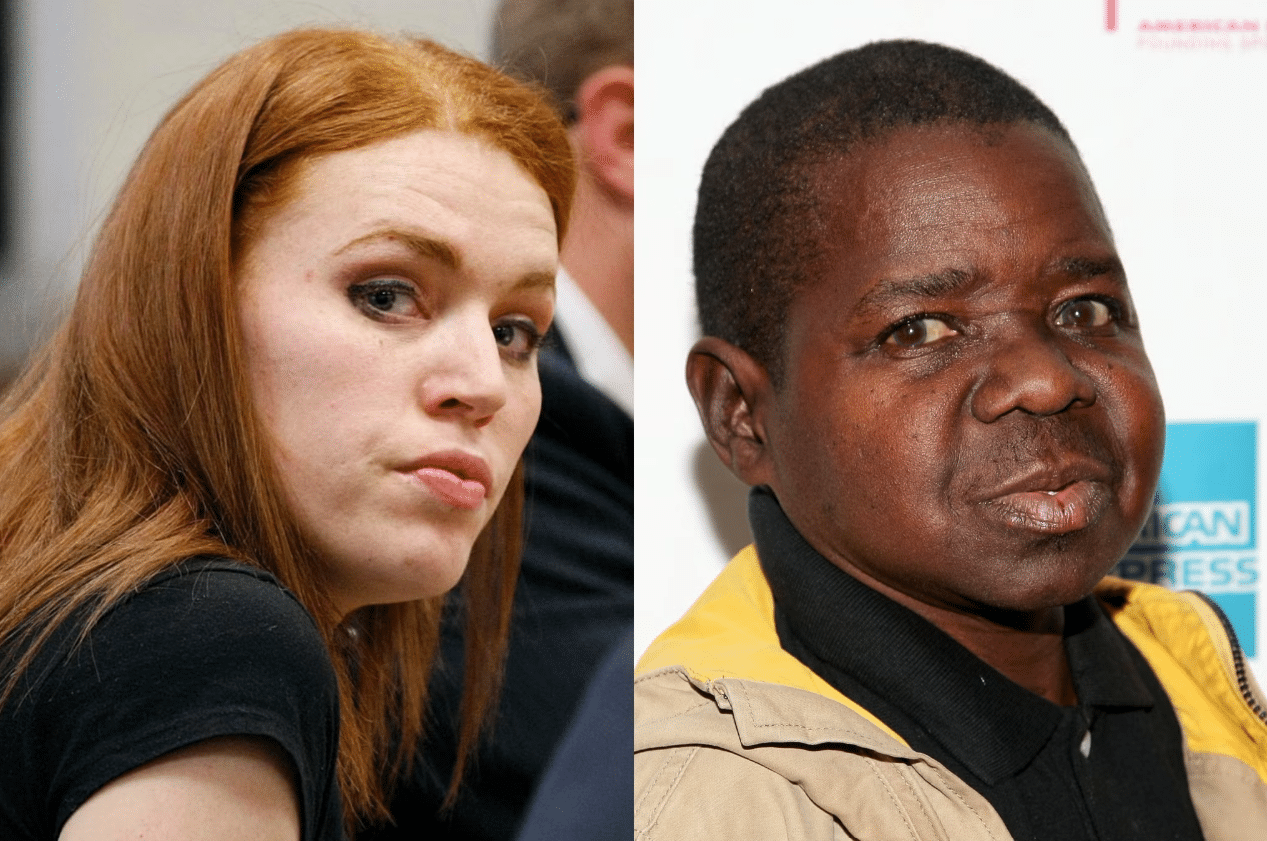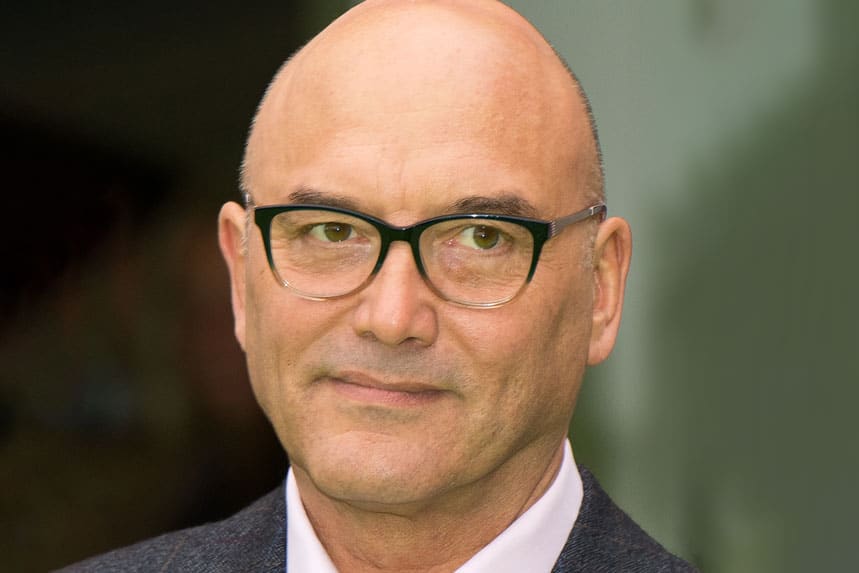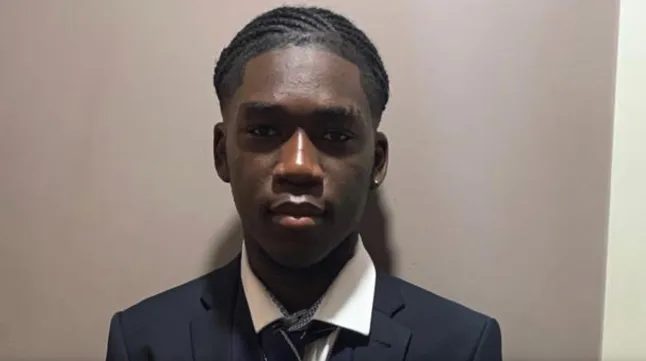The centrepiece to the Manchester International Festival was Bjork’s ‘Biophilia’ project, which was the combination of a new album, an app specifically created for each track and a host of new instruments invented specifically for the project, which utilise the forces of nature to make music. This took ambitious & pissed all over its face.
Bjork has always courted new ventures, watching her mess around with that guide dog in ‘Dancer in the Dark’ was experimental stuff. However, trying to bring nature, technology and music together seems that she might be punching above her four-stone pixie weight.
httpv://www.youtube.com/watch?v=BJHPuU9ARE0&feature=player_embedded
I stumbled along to the closing show on Saturday 16th July, a little hungover, to see if the music matched the fuss.
Thankfully, I can say that the new tracks did live up to the conceptual wankery. From the songs that she did play, her new material was the most intriguing element.
The venue of the show was small, intimate and felt like a secret gig. There was a circular stage in the centre, surrounded by the audience, and screens positioned above to show the video apps for each track. Bjork, being predictably unpredictable came on stage in a giant ginger wig which made her resemble a science fiction version of Scooby Doo, in heels.
The introduction to her new tracks was given by David Attenborough, which was an ingenious touch. His voice carried a memory of nature documentaries and it proved to be the perfect guide through the show.
For the first song, ‘Thunderbolt’, a giant Tesla coil was lowered from the ceiling. This fired electricity to create a loud and… well, electronic sound. This was weaved in with her voice to create a beat-driven and interesting song.
The next song was called ‘Moon’, which featured a video showing the changing cycle of the moon. It sounded like a wind-up music box, and Bjork sang about ‘being rested’. It had a lullaby effect and showed her finding the human aspect to a cold rock in the sky.
A highlight was Bjork’s new single ‘Crystalline’. It started with soft ‘Vespertine’ sounds about ‘internal nebula’, before ending with a ‘Homogenic’-level psychotic breakdown, which takes Venetian Snares acid-tabs-under-your-eyelids mania and places it into a pop context.
Take a look at the video released this week, made by the similarly bonkers Michel Gondry:
httpv://www.youtube.com/watch?v=wZhkfwrxNOc
Another new song was called ‘Jewel’, which featured Bjork using an iPad to change the music whilst she was singing. It was an emotional song; my friend said that he saw Bjork crying during this performance. I couldn’t see this because I am a short-arse guy.
The visuals proved to work best for her new song ‘Virus’, which showed a cell becoming infected by a virus and then replicating. The song turned the idea of infection into a love song, as the virus killed the cell because it loved it too much. What a romantic virus. I’d like to see a rom-com with Drew Barrymore as a herpes strain that falls in love with Ashton Kutcher. With hilarious results.
The show also featured some classic songs such as ‘Hidden Place’, ‘Isobel’ and a slow version of ‘One Day’, which was stripped back to just Bjork’s voice and a soft beat played on a new instrument called ‘the hang’. A nearby guy, whose face was melting off, bizarrely seemed to interpret this gentle beat as something seizure-inducing.
Bjork finished the show with two uptempo songs; ‘Hyperballad’ and the demented ‘Pluto.’ She told everyone that since it was her last night she ‘felt mushy’ and wanted everyone to dance. To which someone in the crowd shouted: ‘I want to live with you’. Bjork would be an amusing housemate, but would she buy bog roll?
On leaving the show and stumbling onto the streets of Manchester, I couldn’t help but feel that I had seen something special that embodied the spirit of the Manchester International Festival; it was a creative experiment. In showing the human aspects of nature, Bjork offered a personal side of biology; that desire is made of cells. Science was explored as the uniting language of nature and music. Most importantly, she created a set of intriguing songs that told human stories we all share, which lie somewhere between the molecular and the universal.
This helped me understand Bjork’s involvement with the themes of ‘Biophilia’. Bjork has always seemed to be a wide-eyed child, fascinated with the world and trying to work out her place in it.
Or as David Attenborough once said:
“The whole of science, and one is tempted to think the whole of the life of any thinking man, is trying to come to terms with the relationship between yourself and the natural world. Why are you here, and how do you fit in, and what’s it all about.”


